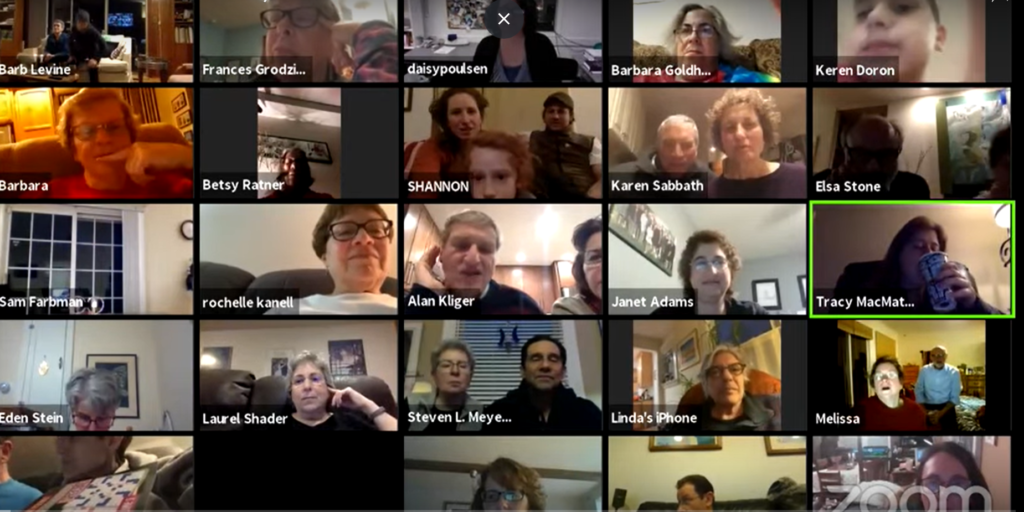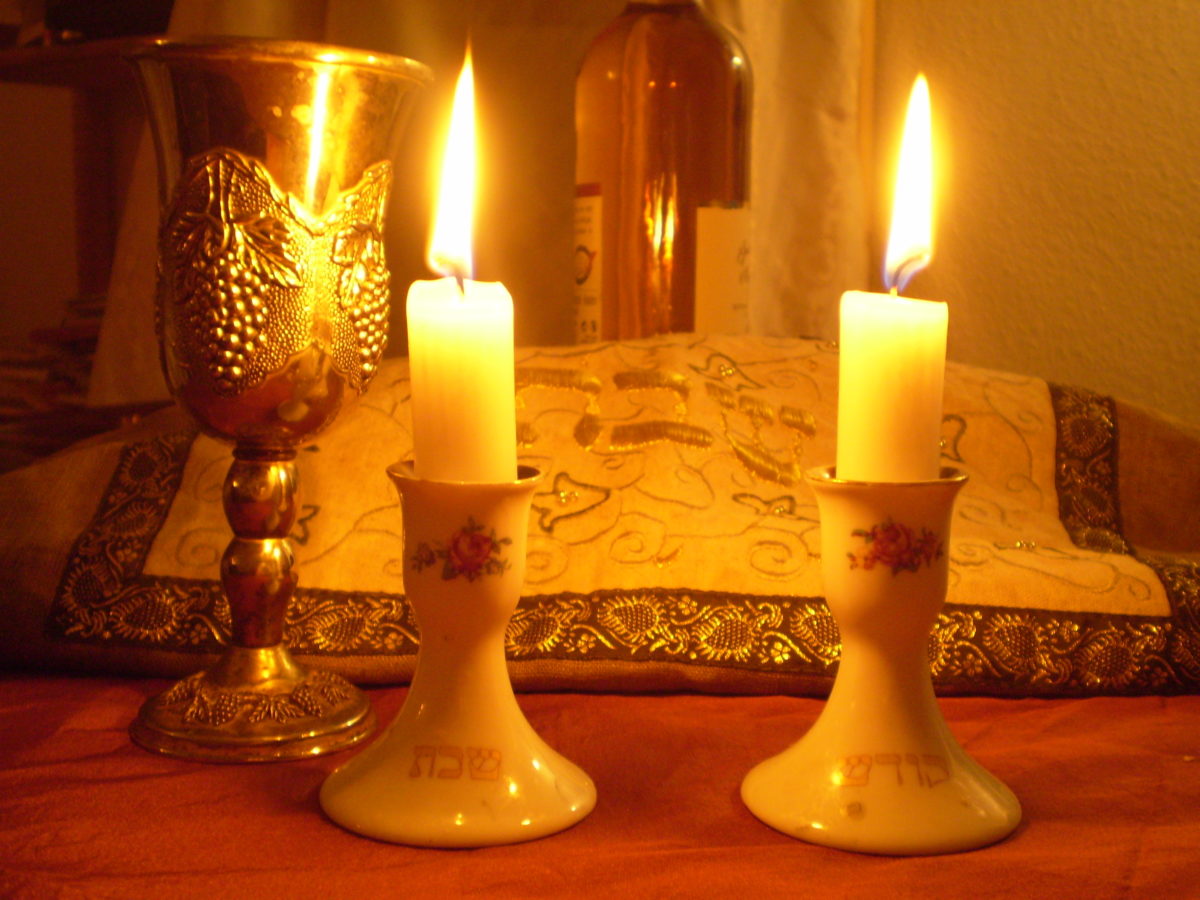
We have lived through a pandemic. No, we are not yet done with Covid-19 – it will continue to affect the world and our lives for some time yet, but at least as I write this column, the CT vaccination rates continue to rise, and the infection transmission rate allows us to begin to go about our normal lives with far fewer restrictions. Our leadership is looking carefully at the rapidly changing situation and is adjusting our procedures and policies on a regular basis. There is a very good possibility that we will be able to enjoy the High Holy Days in a much more familiar way this September, which fills my heart with joy and excitement (as well as makes me a little anxious, to be sure).
As we begin to re-enter the world once again, we begin to ‘breath out’ ever so slowly. The last 15 months have not been easy, and we all had to learn to give up so much of our lives, so many things that we take for granted on a daily basis. In synagogue life, we have successfully transferred most of what we did completely online, trying to keep the sense of community, of Jewish practice and of belonging – despite the obvious challenges. All of us cannot wait to say ‘good riddance’ to having to be alone at home, instead of singing together on Shabbat in the beautiful TE sanctuary. The anticipation of High Holy Days in our sanctuary is palpable! And yet, I also know that this past year we have developed new skills, as well as new understanding of what Jewish ritual is, and how to incorporate it into our lives. As we rush to resume the normalcy we so crave, let us not forget some of the positive things we have created for ourselves and our families in this difficult year of the pandemic.
We couldn’t come together in our sanctuary to light the shabbat candles – and so many families have begun to do so at home. Some of our older members don’t feel quite comfortable driving at night, but were able to come and join Shabbat services regularly throughout the year using zoom. Many of us have reimagined the use of our home space, not only to include a place to work, but also to create a space to pray and to mark sacred occasions. A number of people developed new routines, checking in on each other on a regular basis. Some of our students showed better results with Hebrew learning when working online with less distraction – these are but few examples of creativity that emerged from the disruption.
Nor is this kind of transformation really new. My teacher, Rabbi Lionel Blue z’l, suggested that following the destruction of the Temple in Jerusalem by the Romans, the focus of Judaism has shifted from the splendor and formality of the Temple in Jerusalem into every Jewish home: ‘The father became a priest, the mother a priestess, and the dining room table an altar… The candles, the clothes, the white of the tablecloth brought the holiness and mystery of tremendous events into the surroundings of daily life. In the world of rabbinic Judaism, the synagogue emphasized doing and knowing, but the home was concerned with being, with memory, and experience.’[1]
As we prepare to return to the world of the synagogue that we have all missed so much, let us retain some of that Jewish holiness we have managed to bring back into our homes, our mikdash mei’at, or ‘small sanctuary’. As we figure out when and how we will be able to share big meals at TE, let us reach out to a few friends – old or new – and invite them into our homes for a small Shabbat or Festival meal. Above all, let us remember to cherish the good things we have figured out this year, even as we once again embrace the world we have missed so much.
[1] Blue, Lionel ‘To heaven with Scribes and Pharisees: the Jewish Path to God’, 1975:38
